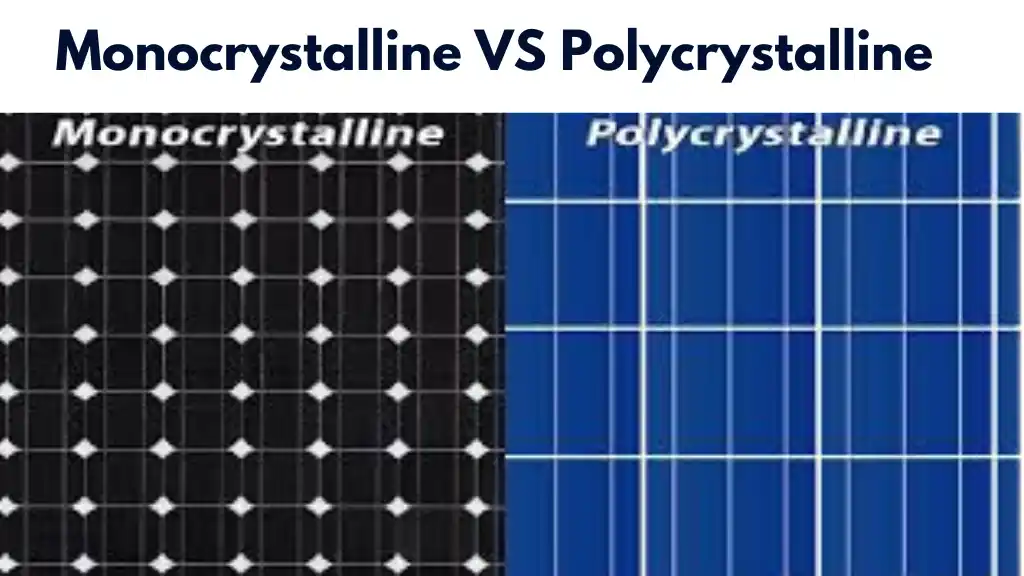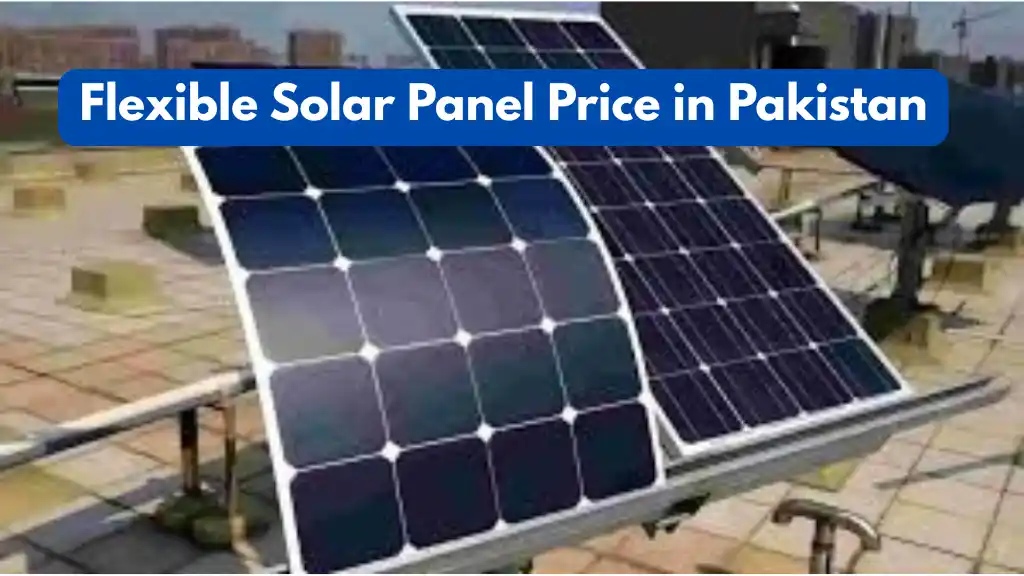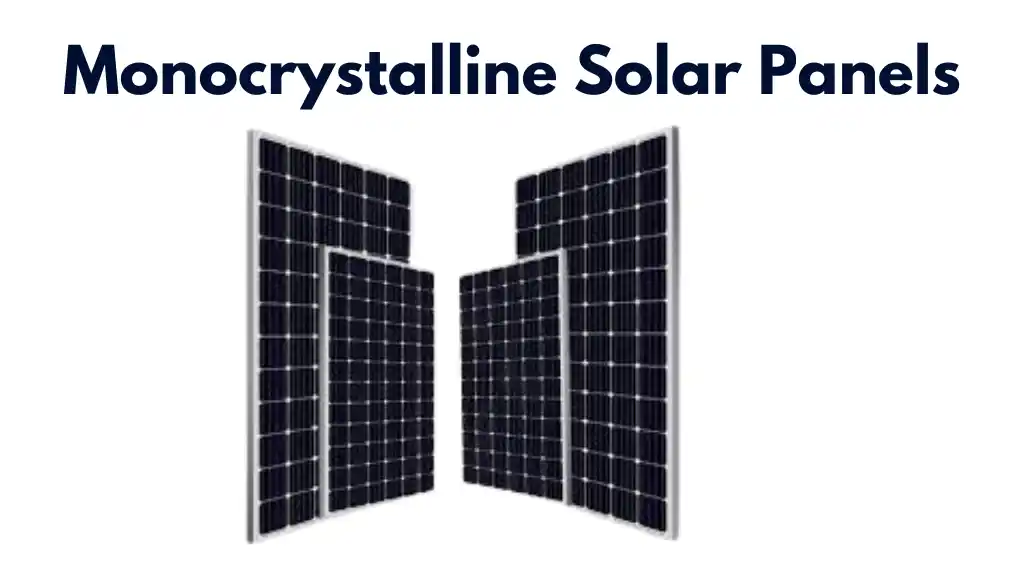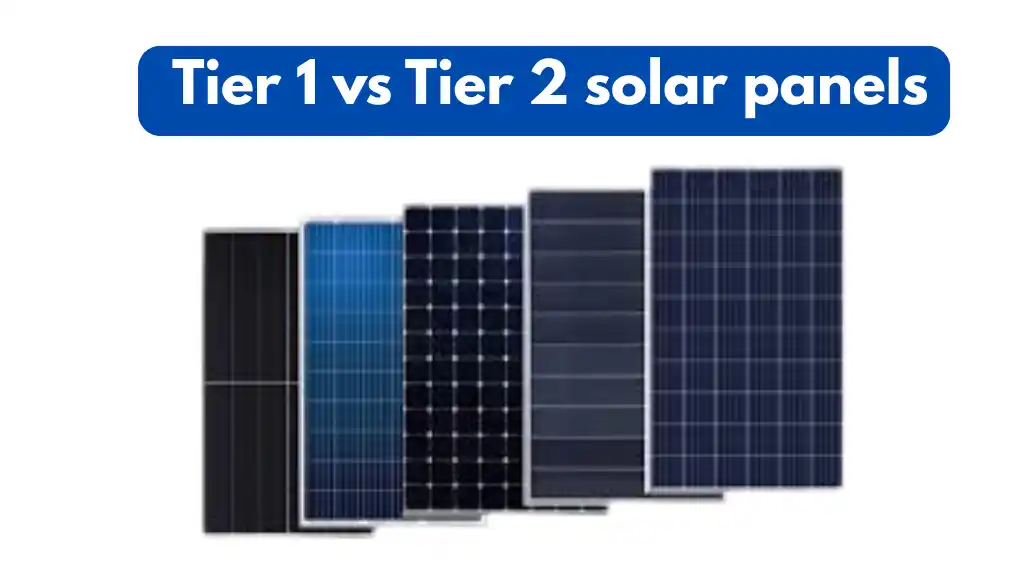Monocrystalline VS Polycrystalline Solar Panels: Which is Best for Your Home?

Use of solar energy is increasing every day all over the world. Technological advancements are taking place in the solar panel industry. There are various types of solar panels available right now. But with so many types of solar panels out there, it can be hard to know which one is right for you. When comparing Monocrystalline VS Polycrystalline Solar Panels, it all comes down to three main things: cost, efficiency, and performance.
Monocrystalline solar panels have a high efficiency rate and are expensive. On the other hand, polycrystalline panels are less expensive as compared to monocrystalline. But there is much more to look at than just price. Things like how well they work in hot or cold weather, how long they last, and how much space you have can all affect your decision.
What Are Monocrystalline Solar Panels?
Monocrystalline solar panels are made from one solid piece of silicon. They are cut into thin parts to build solar cells.These panels are black with smooth, rounded edges. These panels are very strong and work really well for a long time.
Further Reading: On Grid Solar Systems
Key Features of Monocrystalline Solar Panels
High Efficiency
Single-crystal structure of monocrystalline allows electrons to move freely, that’s why they have high efficiency rate.This means they generate more electricity in less space compared to other types of solar panels.
Space-Efficient
Monocrystalline panels produce the same amount of power in less space as compared to other types of panels. It makes them ideal for rooftops with limited space.
Long Lifespan
These panels are durable and can work upto 30 years with proper care. They usually have long warranties that protect your purchase.
Aesthetic Appeal
These panels are shiny and black, and many people like how they look on their roofs.
What Are Polycrystalline Solar Panels?
These panels are made by melting and joining tiny silicon pieces together. They look blue with a spotty pattern and have square cells. These panels are cheap and affordable as compared to monocrystalline.
Key Features of Polycrystalline Solar Panels
Lower Cost
These panels are cheaper because they are made in a simpler way and don’t need as much silicon.
Moderate Efficiency
They have slightly lower efficiency rates (typically 15–17%) compared to monocrystalline panels because the multiple crystals create boundaries that impede electron movement.
Eco-Friendly Production
The manufacturing process produces less silicon waste. That’s why these are considered more environmentally-friendly.
Durability
These panels are durable and can last 25–30 years with proper maintenance, though they may degrade slightly faster than monocrystalline panels.
Appearance
Polycrystalline panels have a blue, spotty look because they are made from many silicon crystals. Some homeowners may not like their appearance as much.
Quick Comparison: Monocrystalline vs Polycrystalline Solar Panels
| Feature | Monocrystalline Solar Panels | Polycrystalline Solar Panels |
| Efficiency | 18–22% (higher efficiency) | 15–17% (moderate efficiency) |
| Cost | Higher (more expensive) | Lower (more affordable) |
| Appearance | Uniform black color, sleek look | Blue, speckled appearance |
| Space Requirement | Less space (more efficient) | More space (less efficient) |
| Lifespan | 25–30 years (long-lasting) | 25–30 years (durable) |
| Performance in Heat | Better in high temperatures | Slightly less efficient in heat |
| Eco-Friendliness | More energy-intensive production | Less silicon waste, eco-friendly |
| Best For | Limited space, high efficiency | Larger roofs, budget-friendly |
Monocrystalline vs Polycrystalline – Which Solar Panel Type is Right for You?

Th decision regarding monocrystalline vs Polycrystalline totally depends on your energy needs and budget. Each panel type has different features and caters to the needs of different segments of population. These are some important points to consider before making a decision about solar panel type.
Choose Monocrystalline Solar Panels If:
You Have Limited Space
Monocrystalline panels occupy less space and produce more power in less space as compared to others. So, choose these panels if you have space issues but want more productivity.
You Want Maximum Efficiency:
If you want the highest energy output possible, monocrystalline panels (18–22% efficiency) are the best choice.
You Prioritize Aesthetics
Monocrystalline panels are good in design and have an appealing appearance. If you are design conscious, choose these panels.
You Live in a Hot Climate
These panels perform better in high temperatures compared to polycrystalline panels.
You Have a Higher Budget
Monocrystalline panels are more expensive but offer better long-term value due to their efficiency and durability.
Choose Polycrystalline Solar Panels If:
You Have a Larger Roof
Polycrystalline panels perform well in wide areas. If you have wide space available choose these solar panels.
You Want a Budget-Friendly Option
Polycrystalline panels are a less expensive and affordable choice for homeowners on a budget.
You Want an Eco-Friendly Option:
The manufacturing process for polycrystalline panels produces less silicon waste, making them a more environment-friendly choice.
Aesthetics Are Less Important:
If you don’t mind the blue, speckled appearance of polycrystalline panels, they are a practical and cost-effective solution.
You Live in a Moderate Climate:
Polycrystalline panels perform well in moderate climates and are a good choice if you don’t need the highest efficiency.
Conclusion
Choosing between Monocrystalline VS Polycrystalline Solar Panels doesn’t have to be complicated. If you have enough budget and want high efficiency, choose monocrystalline solar panels. But if you’re working with a tight budget and have enough space, polycrystalline panels can still deliver great results. Take the time to analyze the pros and cons of both solar panels and choose wisely.






